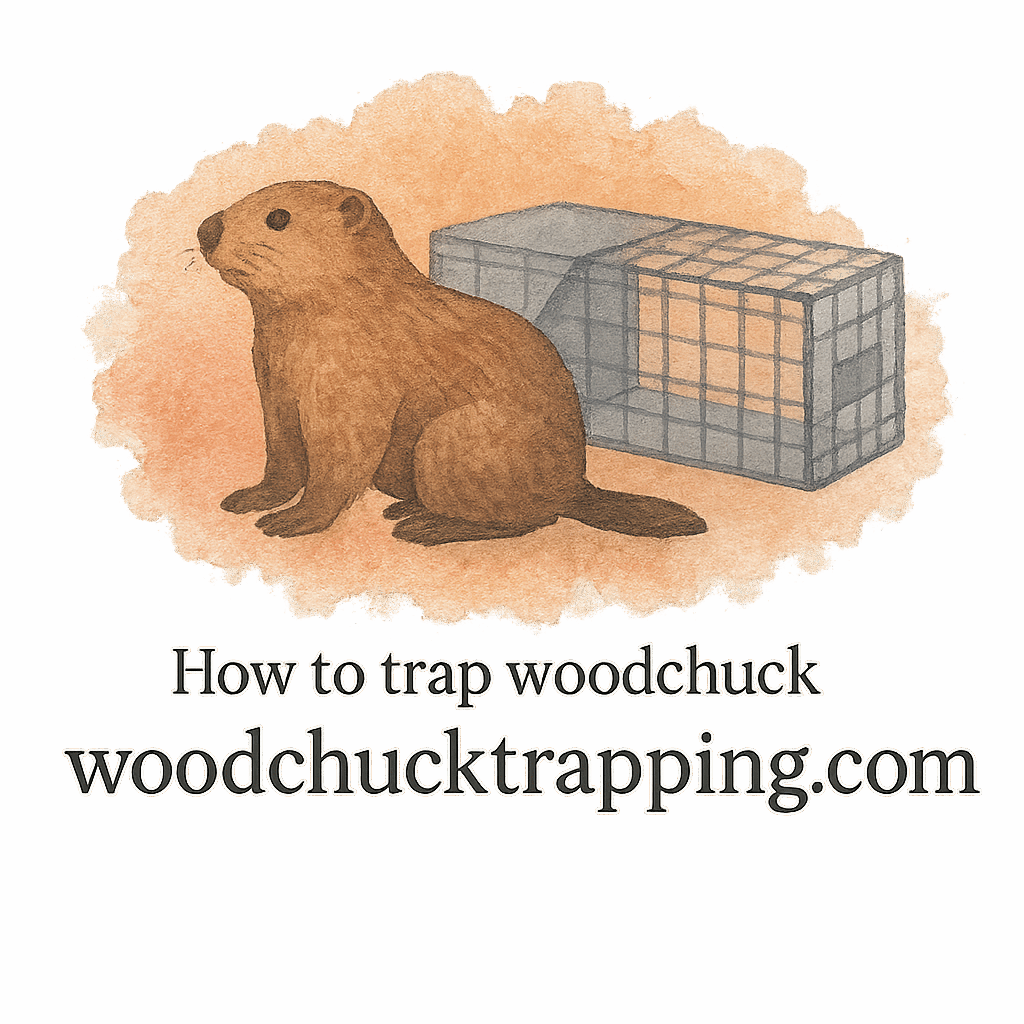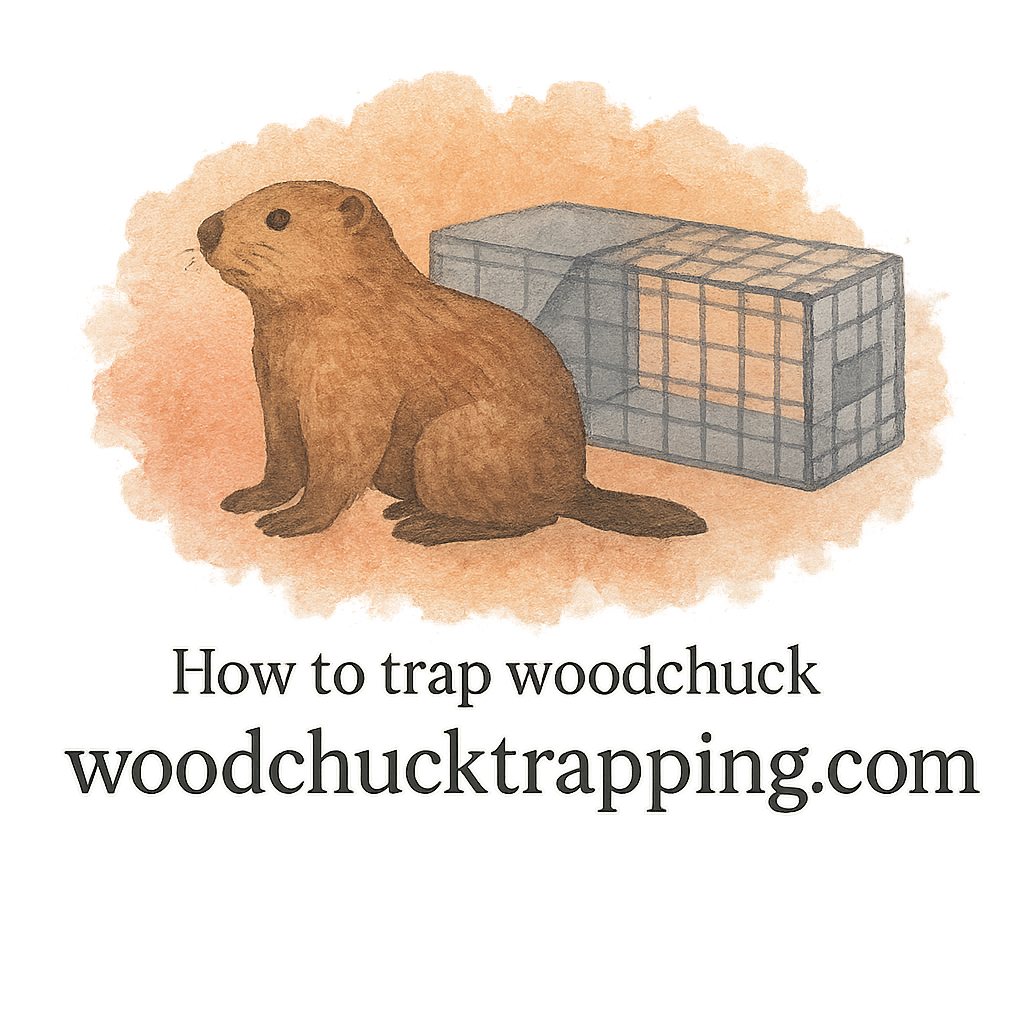So, you’ve had a woodchuck problem, huh? These furry tunnel-diggers may look harmless, but your yard now looks like it survived a mini-earthquake. Don’t worry—restoring your lawn and preventing future infestations is doable with a little elbow grease and a smart strategy. Let’s dig (pun intended) into the 10 essential steps to bring your yard back to life after a woodchuck infestation.
Understanding the Damage Woodchucks Can Cause
Common Signs of Woodchuck Infestation
Before we get into recovery, let’s get clear on what these critters are capable of. Woodchucks (also known as groundhogs) are burrowers by nature. They create elaborate tunnel systems that can stretch up to 45 feet.
You might notice:
- Mounds of dirt at tunnel entrances
- Caved-in soil near walkways or porches
- Gnawed plants and trees
- Cracks in foundations or fences
Need help spotting the signs? Check this guide on signs of infestation for more.
Why Acting Quickly Matters
Woodchucks don’t just make a mess—they compromise soil integrity and can cause structural damage to sheds, decks, and even your home’s foundation. Fast action can prevent long-term headaches (and hefty repair bills).
Step 1: Evict the Intruder
Humane Trapping Methods
Your first move? Get rid of the woodchuck. But do it the humane way. Check out these tried-and-true trapping techniques and gear reviews on equipment before you begin.
Use live traps baited with veggies like carrots or cantaloupe. Learn more about effective baiting and luring strategies here.
You can also explore traps for minimal-space setups and compact traps.
Know the Laws Before You Trap
Before you set anything, double-check your local regulations. Visit the laws & safety page to stay legal and safe.
Step 2: Assess the Extent of the Damage
Identify Burrows, Tunnels, and Structural Risks
Once the woodchuck is gone, it’s time to investigate. Walk your property and inspect:
- Soft or sunken soil
- Hidden burrow holes (often near foundations)
- Signs of gnawed wood or plants
- Fence damage
Use this woodchuck burrows guide to help you locate and understand their layout.
Step 3: Fill and Compact the Burrows Safely
Why Proper Filling Technique Is Crucial
Don’t just dump dirt into a hole and call it a day. Here’s a better way:
- Fill with gravel or rubble first.
- Add layers of compacted soil.
- Water in between to settle the earth.
Improperly filled tunnels can collapse again later, or worse, attract new animals seeking shelter. Avoid future problems by sealing it right.

Step 4: Remove Contaminated Soil and Droppings
Health Hazards You Should Know
Woodchucks may leave droppings or urine-soaked soil behind, especially near dens. These can carry bacteria and parasites. Use gloves (yes, there are specific gloves for handling) and proper disposal bags. Safety first, always!
Step 5: Re-seed or Re-sod the Affected Areas
Choosing the Right Grass for Quick Recovery
Now that the soil’s stable and clean, it’s time to bring back the green. Choose a fast-growing grass type like:
- Kentucky Bluegrass
- Perennial Rye
- Tall Fescue (for shaded spots)
If you’re short on time, laying sod gives you that instant-lawn look. Need help choosing tools? Here’s a resource on the best yard recovery tools.
Step 6: Fix Fencing and Structural Damage
How to Fortify for the Future
Fences that were once secure might have hidden gaps or underground entrances now. Reinforce fencing by:
- Burying chicken wire 12–18 inches below ground
- Using solid materials like hardware cloth
- Checking shed floors and porch supports
Want to go next-level? Look into trap gear and fencing designed to deter digging animals.
Step 7: Eliminate Remaining Scent Trails
The Power of Scent in Woodchuck Behavior
Woodchucks have an amazing sense of smell. Even after they’re gone, their scent lingers—and can invite others. Clean areas with an enzymatic deodorizer or vinegar solution. Also check out tips on eliminating trap scent effectively.
Step 8: Install Long-Term Deterrents
Fencing, Plants, and Noise Devices
Now’s the time to go on the defensive:
- Use motion-activated sprinklers
- Plant strong-scented herbs like garlic, lavender, or mint
- Set up wind chimes or ultrasonic devices
Visit the prevention & damage control page for a full list of strategies.
Step 9: Monitor for Signs of Return
What to Watch for and When to Act Again
Even after all this, you need to stay vigilant. Check your yard weekly for:
- Fresh holes or dirt piles
- Chewed plants
- Scent markers
If they’re back, refer to the how-to-trap tag and take action quickly.
Step 10: Prevent Future Infestations
Yard Maintenance Tips That Work
An ounce of prevention is worth a pound of lawn repair. Make your yard less appealing:
- Keep grass trimmed short
- Clean up fallen fruits or veggies
- Seal under decks and sheds
- Use humane deterrents
Explore more on woodchuck trapping essentials to gear up the right way.
Final Thoughts: Be Proactive, Not Reactive
Restoring your yard after a woodchuck infestation isn’t a one-day job—but it’s 100% doable. If you follow these 10 steps, not only will your lawn bounce back, but you’ll also send a clear message to future furry invaders: “This yard is off-limits!”
And remember—there’s an entire library of info over at WoodchuckTrapping.com that’s got your back.
FAQs
1. How deep do woodchuck burrows go?
Typically, woodchuck tunnels go 2–4 feet deep and can extend 20–45 feet horizontally.
2. Can a woodchuck damage a home’s foundation?
Yes, their tunnels can cause soil instability, leading to cracks in concrete or wood foundations.
3. What’s the best time of year to restore your yard?
Late spring or early fall is ideal—it gives your grass the best chance to establish.
4. Is it okay to use repellents instead of traps?
Repellents help but are often temporary. Trapping (legally and humanely) is usually more effective long-term.
5. How do I keep woodchucks out of my garden?
Try raised beds, fencing with underground extensions, and strong-smelling plants.
6. What should I do with the filled-in burrows?
Plant over them to restore lawn appearance and prevent soil erosion.
7. Are there any natural predators that help?
Yes, foxes, coyotes, and hawks naturally control woodchuck populations. But don’t rely solely on them for prevention.


